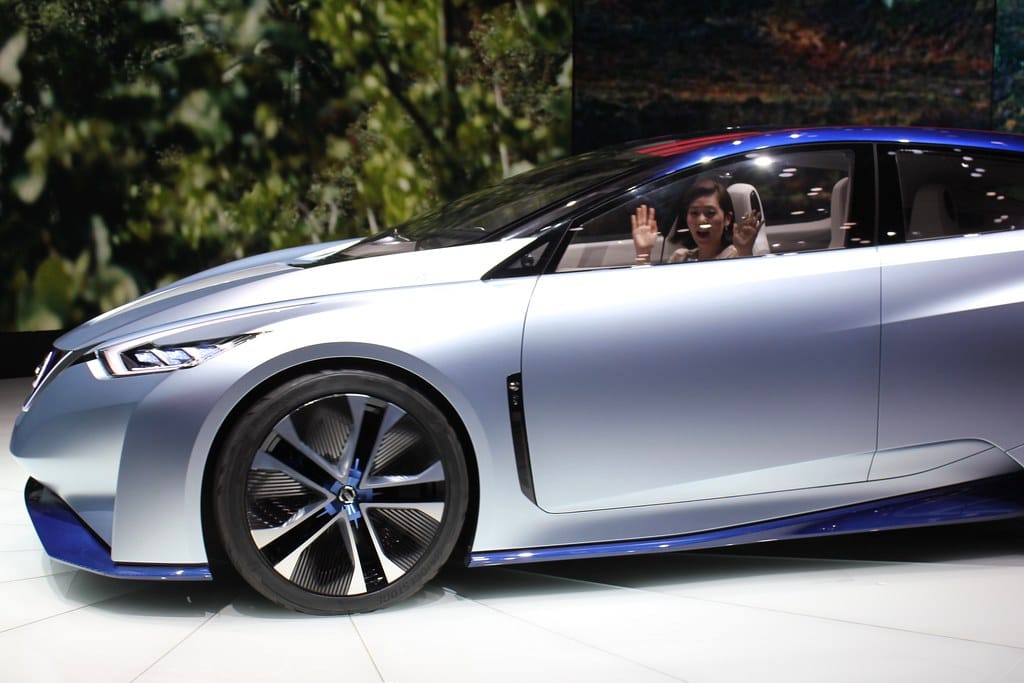Waymo's Self-Driving Cars Return to NYC Streets: What This Means for the Future of Urban Transportation
After a brief hiatus, Alphabet's autonomous vehicle division is bringing its robotaxis back to the Big Apple, marking a pivotal moment in the race to commercialize self-driving technology in America's most challenging urban environment.
Waymo announced this week that its autonomous vehicles will resume testing operations in New York City, following a temporary suspension earlier this year. The return comes as the Google parent company expands its commercial robotaxi service and faces intensifying competition from rivals like Cruise and Tesla in the rapidly evolving autonomous vehicle market.
The NYC Challenge: Why the Big Apple Matters
New York City represents the ultimate proving ground for self-driving technology. With over 8.3 million residents, complex traffic patterns, aggressive drivers, and unpredictable pedestrian behavior, NYC's streets present challenges that suburban test environments simply cannot replicate.
"If you can make it here, you can make it anywhere," the famous Frank Sinatra lyric takes on new meaning in the context of autonomous vehicles. Successfully navigating Manhattan's grid system, Brooklyn's diverse neighborhoods, and the borough-connecting bridges requires sophisticated AI systems capable of split-second decision-making in high-stakes scenarios.
Waymo's vehicles will initially focus on mapping and data collection rather than passenger service, using a fleet of Jaguar I-PACE electric SUVs equipped with the company's fifth-generation Waymo Driver technology. This system combines lidar, cameras, and radar to create a 360-degree view of the vehicle's surroundings.
Learning from Past Setbacks
Waymo's return follows lessons learned from previous challenges in urban environments. Earlier this year, the company temporarily paused NYC operations to refine its technology after encountering difficulties with the city's unique traffic patterns and infrastructure.
The pause wasn't unprecedented in the autonomous vehicle industry. General Motors' Cruise division faced similar challenges in San Francisco, temporarily suspending operations after regulatory scrutiny. These setbacks highlight the complexity of transitioning from controlled testing environments to real-world urban deployment.
Competition Heats Up in the Robotaxi Race
Waymo's NYC return comes amid fierce competition in the autonomous vehicle space. The company currently operates commercial robotaxi services in Phoenix and San Francisco, completing over 2 million autonomous miles monthly across its fleet. However, competitors are closing the gap:
- Tesla's Full Self-Driving (FSD) software continues to improve, with CEO Elon Musk promising robotaxi capabilities
- Amazon's Zoox is testing autonomous vehicles in multiple cities
- Chinese companies like Baidu and Pony.ai are advancing rapidly in international markets
The stakes are enormous. McKinsey estimates the autonomous vehicle market could reach $1.3 trillion by 2030, with robotaxis representing a significant portion of that opportunity.
Regulatory Landscape and Safety Concerns
New York's regulatory environment adds another layer of complexity. The state requires autonomous vehicle companies to obtain permits from the Department of Motor Vehicles and maintain safety drivers during testing phases. Unlike some other jurisdictions, New York takes a cautious approach to self-driving technology deployment.
Safety remains paramount as public trust in autonomous vehicles continues to rebuild following high-profile incidents involving other companies. Waymo emphasizes its safety record, citing data showing its vehicles are involved in fewer accidents than human drivers in similar conditions.
Economic Implications for NYC
The potential economic impact extends beyond Waymo's operations. Successful robotaxi deployment could:
- Reduce transportation costs for residents in underserved areas
- Decrease parking demand, freeing up valuable urban real estate
- Create new job categories in fleet management and remote vehicle assistance
- Potentially disrupt traditional taxi and ride-sharing services
However, concerns remain about job displacement for professional drivers and the need for robust cybersecurity measures to protect autonomous vehicle networks.
What's Next: The Road Ahead
Waymo's return to NYC represents more than just resumed testing—it signals confidence in the technology's maturation and the company's commitment to conquering America's most demanding urban market. Success here could accelerate deployment in other major metropolitan areas.
The next 12-18 months will be critical. As Waymo collects data and refines its systems, the company faces the challenge of proving its technology can handle NYC's controlled chaos while maintaining public trust and regulatory approval.
For New Yorkers, Waymo's return offers a glimpse into a transportation future that seemed like science fiction just a decade ago. Whether that future arrives as promised depends on the complex interplay of technology, regulation, and public acceptance—all playing out on the unforgiving streets of the city that never sleeps.
